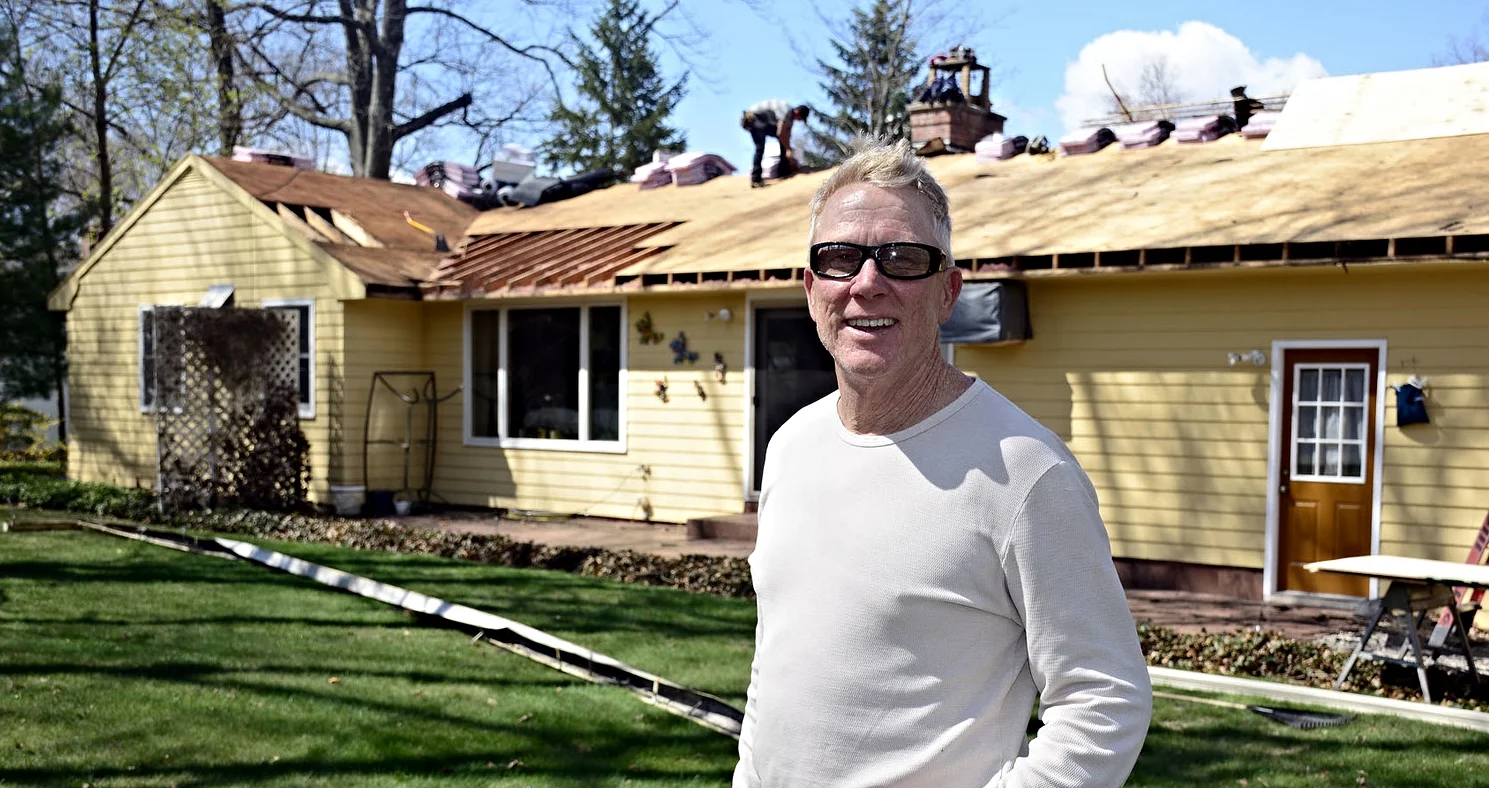Sealing Your Attic Hatchway
Chelsea O'Donnell
Many homeowners are unaware that the pull-down attic stairway is one of the primary sources of heat loss in their homes. Typically, the attic is a space we access infrequently—perhaps to retrieve holiday decorations or suitcases for a trip. Because of this, it’s easy to overlook how much temperature fluctuation occurs in the attic and just how much air escapes through this often-neglected area.
I can’t count the number of times I’ve entered an attic to find frozen water droplets clinging to the tips of roofing nails. This happens because homes often lack sufficient insulation and ventilation, causing the attic to become blistering hot in summer and freezing cold in winter. The resulting condensation can lead to significant problems like wood rot and mold growth, threatening the integrity of your home.
Heat loss, of course, is another major concern. We all know that warm air rises, and in many Connecticut homes that are underinsulated, a lot of that warmth escapes right through the attic hatch. While most homeowners apply draft strips and sealants to doors and windows, the attic entryway is frequently overlooked—even though it’s one of the most critical points for energy efficiency. The same applies to whole-house fans, which are another common area of heat loss.
One effective solution we often recommend is installing an insulated box over the attic entry or built-in house fan. These boxes are constructed from heavy-duty insulation and sealed with expanding foam. When the stairs are folded up into the attic, the box creates a secure barrier, preventing heat loss while still allowing easy access to the space. This straightforward upgrade can drastically reduce heat transfer, leading to a more comfortable and energy-efficient home.
For anyone looking to improve their home’s comfort and efficiency, I always suggest getting insulation and ventilation checked. Proper insulation is an affordable, impactful home improvement, and adding an insulated box over the attic hatch is an excellent way to complement this work for just a few hundred dollars. You’ll be amazed at the difference it makes.
Bob O’Donnell is the owner of O’Donnell Bros. Inc., a family-owned home improvement business based in Bristol since 1975. Email your questions to info@odonnellbros.com with “Ask the Pro” in the subject line. Questions may be featured in future publications. To reach Bob for your home improvement needs, call (860) 589-5155 or visit http://www.odonnellbros.com. This advice is for informational purposes only.
